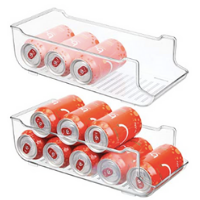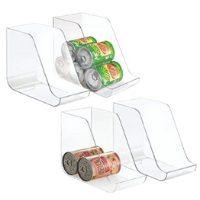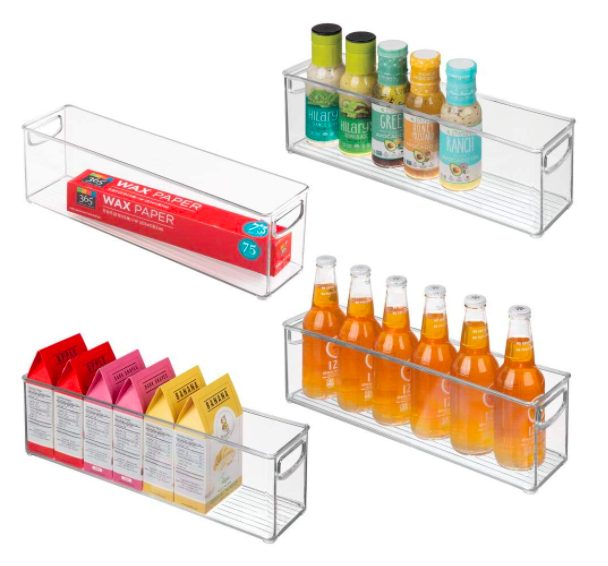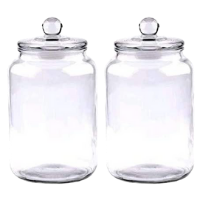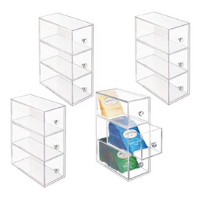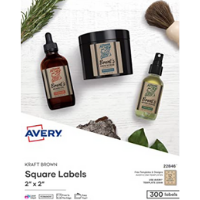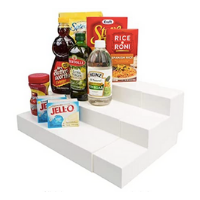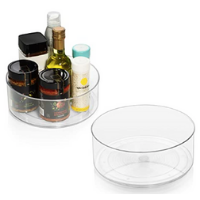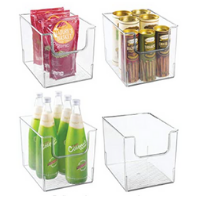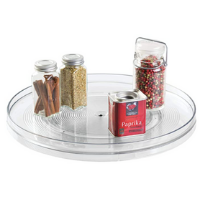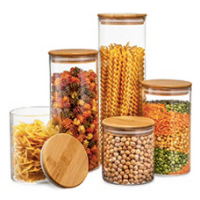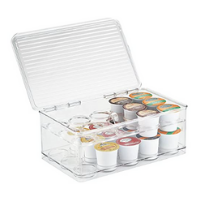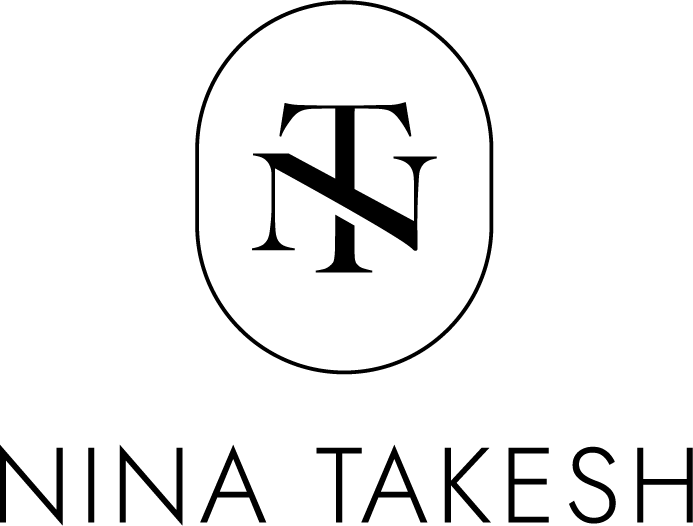Searching your pantry for your Panko breadcrumbs but finding only 20 jars of capers, COVID-era bouillon cubes, and that box of Cantuccini Toscani biscotti you’ve been trying to resist since forever? Organizing the calamitous mess that is a cluttered pantry can be sheer, unadulterated hell and can daunt the most organized among us. But I did it for a client recently and I’m here with tips on how you can do the same.
When I organize a pantry, I look first at what the homeowner eats and what type of organization is necessary. The process can seem overwhelming; in fact, this pantry took a team of three people five to six hours to clean and organize. But it’s worth it later on when you have an easier time accessing items.
Take note of what you have more of to determine how you want to organize your pantry. All of the items for this client’s pantry are from Amazon. It’s affordable and ends up saving you tons of money in the long run due to less food waste.
Food waste is a result of a disorganized pantry. When you can’t see that you have five packets of penne, it just makes it easy to keep buying more. Therefore, I recommend that when you organize your pantry, it’s a great idea to take everything out so you can see exactly what you have. Then, you deep clean your pantry, throw out expired items and then categorize all your items into groups. (Crackers with crackers.) The next step is to consider where you want things in your pantry. And that depends on what items you use frequently (cereal for the kids’ breakfasts) and daily (olive oil, coffee, salt, pepper). When you can see these items front and center, it takes the chore out of searching and scrambling to find them.
We started with a tea and coffee section, due to the client’s daily use of these items, placing the tea and coffee in jars and coffee/tea organizers for easy access. We labeled the jars using the printable Avery labels, making it easier to identify where things go and what they are. We also placed loose tea and miscellaneous coffee items in woven baskets which come with chalkboard labels. This is a super fun feature because you can change the label as many times as you need to when changing products out of the basket.
We located granola bars, crackers, and other kid-friendly snacks in front, on the lower shelf for the client’s kids to find easily. That position also helps parents to know when snacks need to be replenished because they can see them at first glance. The next section we focused on was canned goods: soups and beans and similar things that everyone has in the pantry. We started off by placing a few, three-tiered shelves on which we organized cans by size due to the depth of the shelves. Shelves with more depth are good for larger cans, while smaller ones are suitable for any essential canned good. We also placed a clear, three-tiered shelf with a lip that can hold bottles, liquids, and boxes, ensuring they stay secure and don’t fall over.
This pantry also got a section dedicated to health items. The client has a lot of different kinds of medicines, which can be challenging to organize. For these items, we set up up baskets for each category of medical relief. We placed vitamins and supplements up front because my client uses them frequently and needs them within easy reach. Cold relief and first-aid items were stored on the top shelf because she does not need to access them daily.
We placed flour, breadcrumbs, sugar, and other baking needs in jars. This shows you right off the bat how much of an item you have while eliminating used-up space by replacing boxes with reusable jars. This also helps to keep rodents and bugs from entering because of the lids. So, all-in-all, one of my best pieces of advice is to go out and get yourself some jars!
When it comes to spices and condiments, I recommend lazy susans. The deeper ones can be good for smaller items or items that could fall over. However, I like the thin lazy susans for larger condiments and sauces. This keeps everything very organized and saves a ton of space. I also have acrylic pull-outs in different widths for granola and protein bars with such easy access.
My final tip is a crucial one: place pasta inside spaghetti jars. These are the only jars that will fit this height of the noodles starch while also keeping them fresh, and you won’t have to hassle with resealing pasta boxes. I keep unopened pasta boxes in a basket right next to the jars keeping everything accessible and organized.
Please head over to my Red Elevator page and go to Level 2 to see my Pantry Organization vlog. Thanks so much for reading (double points for watching the video) about my tips and tricks to pantry organization. If you have any ideas or other great secrets, or if you purchased any of these fantastic Amazon finds, feel free to leave a comment! I would love to see your approaches and any items in your home that make organizing easier for you.
